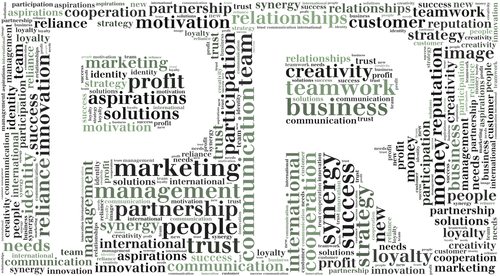It is at this time of year that SME business owners begin to think about the year ahead and growth goals for their enterprise in the incoming year. PR and Marketing communication campaigns play a critical role in achieving SME business growth, particularly now in the digital marketing era.
The problem is evaluating and measuring PR and marketing campaigns has in recent years become more complex – particularly with the continued growth of digital. As technology advances, new methods to measure the effectiveness of that technology need to be developed. This is as true for new digital marketing techniques and technologies as other business technologies.
Globally there has over the last 5 years been something of an explosion of new measurement techniques and methods being developed. In this environment choosing the right measurement technique for the right PR campaign objective has become more challenging. A direct consequence of that is it is becoming increasingly important for SME employees to be adequately trained in and familiar with all the various measurement techniques now in existence.
This has, I believe, led to an increase in discussion in recent times about measurement and evaluation of public relations and marketing campaigns within the industry which is to be welcomed. Collaboration on this within the industry can only result in improved understanding as a result of those discussions and continued best practice development. As the end of the year approaches you may be thinking about evaluating the PR campaigns of the current year, taking stock, and planning for the year ahead in your SME business in 2014. Below I offer my top 5 foundation principles for evaluating and measuring Public Relations communications campaigns:
Tip One:
Often evaluation is seen as something that is done at the end of a campaign. It is not. For evaluation to be truly effective and genuinely meaningful it has to go right through from start to finish. We need to see campaign as a continual process rather than something that is just done at the end of a campaign. It is also important to evaluate objectively and accurately the position you are starting from BEFORE you commence the campaign. This is because you always need a baseline from which to measure the effectiveness of the campaign from. It is for this reason that pre campaign measurement as well as post campaign measurement should always be seen as a vital component in the process.
Tip Two:
Whenever you can always plan and design a campaign incrementally and continually throughout the lifecycle of the PR campaign. Do not evaluate everything at the same time. The secret to truly effective evaluation in PR is to evaluate each part of the particular campaign incrementally rather than the whole campaign at once. This leads to better quality evaluation in terms of measurement. It makes it easier to identify what parts of the campaign worked well and what parts didn’t if you measure incrementally. Make the evaluation process as easy as you can on yourself in this way too.
Tip Three
A common myth that still exists today in Public Relations is the tendency to think that the more media coverage you get for a campaign, the more successful that campaign has been. This is not always true. The degree of media coverage is not always in itself a true measure of the effectiveness of a public relations or communications campaign. This is because the true purpose of any PR campaign is to communicate influentially to the target audience in order to get them to act, behave or think in a different way than before and improve stakeholder relations. So my point is if the media coverage does not result in the target audience actually acting on the “call to action” in the PR communications campaign then this raises the question has it really been effective? It is for this reason that evaluating a public relations campaign always goes much deeper than simply collecting and monitoring the degree of media coverage.
Tip Four
It is critical to recognise that evaluation has a financial cost to it as well as the actual campaign itself. People forget that. They budget for the cost of the PR campaign but do they budget adequately and accurately for the cost of evaluating that campaign as well as executing the campaign? Evaluation has a cost to it as well specifically in terms of employee time spent on evaluation and the analytics software used to evaluate and measure campaigns. Consequently, when presenting the business case for the PR campaign, always allocate a percentage of the estimated budget for the campaign to evaluation. In terms of what that percentage should be it depends on the length of the campaign, the complexity of what is to be measured (the more PR techniques used the more measurement) and finally also the amount of data to be analysed and expertise level of staff doing the evaluation.
Tip Five
To evaluate PR campaigns effectively the objectives always need to be clearly defined and agreed right from the very beginning. Use the SMART model to assist you with this (Specific objectives, Measurable objectives, Achievable objectives, Relevant objectives and Time bound). Using this model as a framework from the very outset of a campaign will help ensure that you have the key components at the campaign design stage built in for a more robust and effective evaluation.


